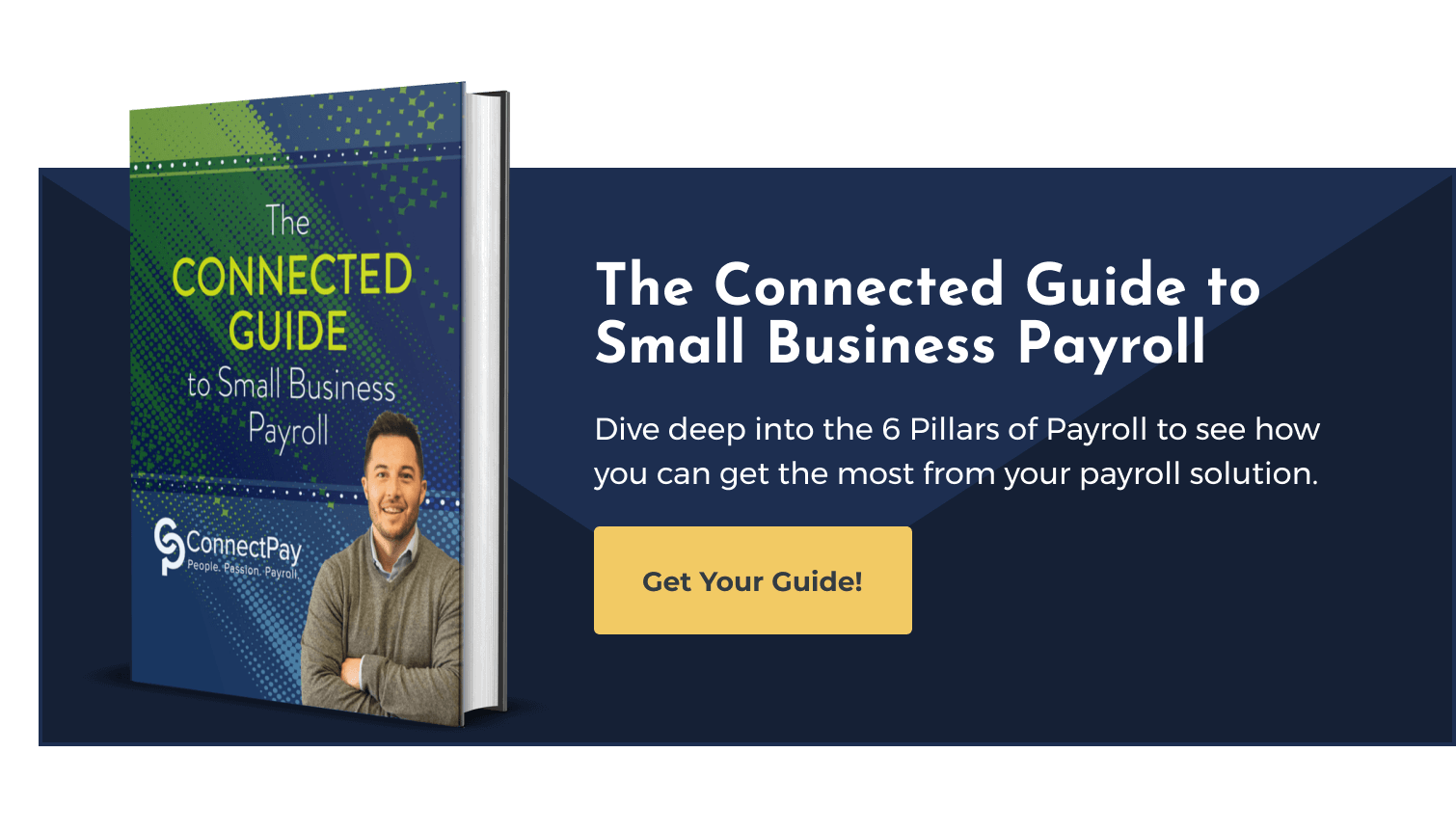Workers’ Comp Audit: 3 Common Mistakes and How to Avoid Them

One of the last email subject lines you want to see in your inbox is WORKERS’ COMPENSATION AUDIT.
Processing worker’s comp insurance is rarely a small task. It’s also easy to make a mistake. Perhaps you promised to change that particular entry in your payroll records when you got home and completely forgot. Maybe you didn’t include overtime payments.
Whatever the reason, you don’t want to end up paying costly charges or adjusted premiums.
This post highlights three common mistakes businesses make in the auditing process and how to avoid them. Let’s dive in!
What is a Workers’ Comp Audit?
Much like other year-end processes, a workers’ comp audit ensures that you’re doing things correctly in your small business. During an audit, your insurance provider will ensure your payroll records and other financial statements are correct.
Workers’ comp is a government-mandated program that ensures workers who injure themselves or become ill on the job receive certain benefits. These benefits lighten the load of being off-work and can include the replacement of wages.
Workers’ comp benefits your business and your employees because the employees waive any right to sue their employer if they accept Workers’ Comp benefits.
Remaining compliant might be difficult because you need to understand the laws in your state. Each state sets premiums based on the economic outlook and the types of business. So, where do audits come in?
To avoid mistakes and remain compliant, it might set your mind at ease if you partner with a payroll provider.
ConnectPay connects you with local agents that you can trust and who know the ins and outs of workers’ comp, local regulations, and coding systems. Our connected vendors can advise you on the best way to manage Workers’ Comp while finding you the best premium.
1. Misclassification of Employees
If you misclassify employees, it’s easy for your insurance provider to find out. The fact is, employees with a higher risk of injury on the job incur higher insurance rates, increasing your premium. For example, a construction worker regularly working on job sites has a higher risk of injury than a data collector who sits at their desk most of the day.
It doesn’t help that there are hundreds of job classes; making mistakes is easy. Look at the National Council on Compensation Insurance (NCCI) list to find the four-digit codes you need for your business. Naturally, using NCCI class codes means you’ll pay more for your coverage if you have more workplace risks; this is only fair because, without it, every company would pay the same premiums.
Pro tip: Thirty-five states use the NCCI class code list. Ten states use a modified class code list. Five states (California, Delaware, New Jersey, New York, and Pennsylvania) use their own system. See where your state falls using this resource.
If your codes aren’t accurate, you might end up overpaying for workers’ comp insurance or be penalized for underreporting your risk. If a workers’ comp audit determines that you’re using safer codes than you should, you could incur up to three years of additional premiums.
2. Paperwork Errors
Paperwork errors are often human errors. When you don’t organize and properly file payroll records, you risk not providing your insurance provider with what they need to ensure you get the best policy. Your insurance provider might think you’re underreporting payroll to reduce your premium.
Your workers’ comp coverage policy is priced based on the number of employees you have, your payroll, your claims history, and the level of risk involved in your business operations. And, of course, these metrics might change as you hire new employees or raise wages for high performers.
In any situation, be sure to keep accurate records and inform your insurer of any changes.
You estimate payroll when you first sign up for a workers’ comp policy. Your insurance provider uses payroll data to determine your premium. During the workers’ comp audit, your provider adjusts your premium if your company now looks different.
3. Not Reporting Subcontractors
The lines can be blurry here. First, let’s differentiate between an independent contractor and a subcontractor.
- Independent contractor: Usually hired by the client, many independent contractors purchase their own workers’ comp policies to cover lost wages and medical costs.
- Subcontractor: Hired by the independent contractor but should also purchase their own policy.
For example, if you’re an independent contractor and hire an electrician to work on your latest project, the electrician is a subcontractor.
When facing an audit, you must ensure that contractors and subcontractors have their own policies and a valid insurance certificate to prove it. Uninsured subcontract labor is a premium-generating item. Try to use insured subcontractors whenever possible.
If auditors pick up an uninsured subcontractor, your business is charged as if they’re a direct employee. You’ll then be charged a substantial additional premium.
Related: Do Independent Contractors Need Workers’ Compensation Insurance?
How to Avoid Workers’ Comp Audit Mistakes
1. Always Be Prepared
You should be an active participant in the auditing process. The more transparent you are with your provider, the smoother the process is. Be sure to organize every document you need to remain compliant.
This includes collecting information throughout the year, especially if you hire contractors and subcontractors.
Also, ensure you record when you change job descriptions and class codes. It’s best practice to be in touch with your insurance provider and get advice from them. Again, transparency does wonders for building trust and avoiding nasty surprises come audit time.
2. Create a Workers’ Comp Audit Checklist
Creating a checklist to keep track of changes and the documents you must prepare is a good idea and puts your mind at ease.
You’ll want to keep track of the following:
- Employee information: including forms and tax information.
- Payroll information: including names, job titles, wages, and the state they work in.
- Certificate verification: to ensure contractors and subcontractors are insured.
- Descriptions and class codes: detailed descriptions of each business function and job role.
3. Partner With a Payroll Provider
You could take all of the above off your worry list and let a payroll provider walk you through workers’ comp audits. Instead of worrying about keeping records and making sure you’re compliant, let a payroll provider do it for you.
ConnectPay can connect you with local Workers’ Comp Insurance experts who know the rules and regulations in your state and can guide you through employee classification. We also encourage "pay-as-you-go" plans through our Connected Payroll model. If you’re seeking worker's comp, we'll connect you with insurance carriers who can create a pay-as-you-go plan tailored to your needs so you can avoid overpaying for insurance.
Be Ready For a Workers’ Comp Audit
The best way to avoid mistakes is to be prepared and keep meticulous records. Staying on top of your payroll operations means you’ll know when changes need to be made to your premium.
Keeping accurate records and being transparent with insurance providers will help to avoid overpayment. You also want to prevent underpayment as although you might get some money back; you could have been putting that money towards other debts or driving growth in your company.
Our Connected Guide to Small Business Payroll provides you with the essential information you need to run your payroll processes easily. Never be underprepared for an audit. Speak to local experts and focus on running your business.
Download the Connected Guide today!







